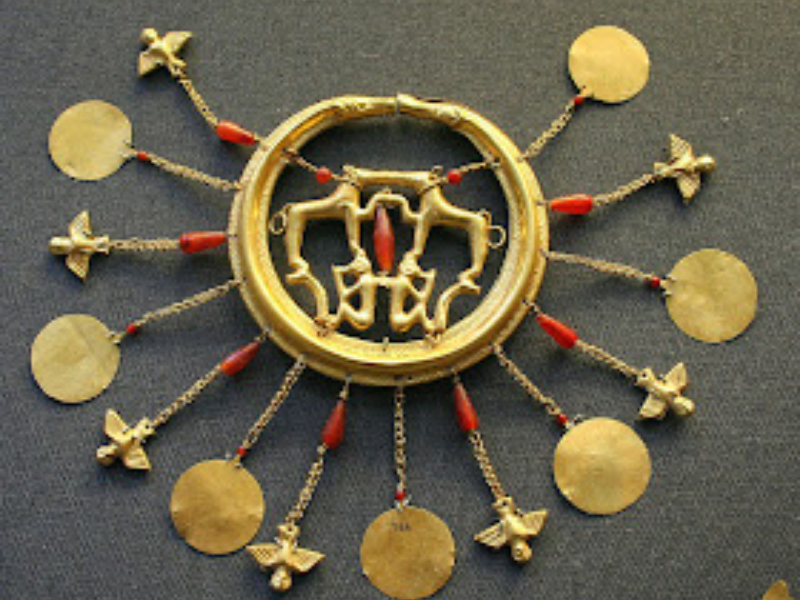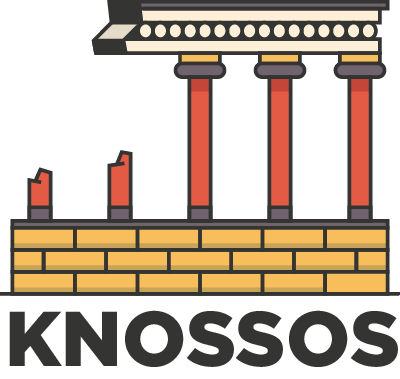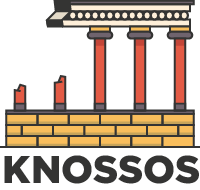Table of Contents
I. Introduction
The Mycenaean Civilization, known for its legendary kings and epic tales, was a dominant power in the ancient Aegean world. However, the roots of its cultural and societal development are deeply intertwined with the influence of the Minoan Civilization from Crete.
This article delves into the myriad ways the Minoans, renowned for their advanced art, architecture, and societal structures, shaped the burgeoning world of the Mycenaeans. The tale of these two civilizations is not just one of succession but of profound cultural exchange and influence.
II. The Rise of Mycenaean Civilization
The emergence of Mycenaean Civilization was a pivotal chapter in Aegean history, marking a shift towards more complex societal structures and expanded territorial influence.
This period of growth and development was significantly influenced by the Minoans, the forerunners in the region in terms of cultural sophistication. Early interactions between these civilizations, evident from archaeological findings, set the stage for a deep exchange of ideas, practices, and artistry.

III. Architectural and Artistic Influences
The Mycenaeans, while developing their unique style, drew heavily from Minoan architecture and art. Mycenaean palaces and structures often reflected the intricate design and advanced architectural techniques of their Minoan counterparts.
Frescoes found in Mycenaean sites, reminiscent of Minoan art, depicted similar themes and styles, indicating a strong artistic influence. Moreover, Minoan pottery styles, characterized by their fine craftsmanship and elaborate designs, were evident in Mycenaean ceramic works, showcasing a blend of Minoan artistry with Mycenaean innovation.
IV. Administrative and Political Impact
The administrative system of the Mycenaeans also bore the hallmark of Minoan influence. The adaptation of the Minoan Linear A script into the Linear B script used by the Mycenaeans is a prime example of this influence.
This script was primarily used for administrative purposes, suggesting that the Mycenaeans may have borrowed more than just writing from the Minoans; they possibly incorporated aspects of their bureaucratic systems as well. The political structures of Mycenaean palaces, with their centralized power and complex hierarchy, also mirrored Minoan models, pointing to a significant political and administrative influence.
V. Religious and Cultural Exchange
The religious practices and beliefs of Mycenaean Civilization were profoundly influenced by Minoan traditions. The Mycenaeans adopted several Minoan deities, integrating them into their own pantheon and religious rituals.
This fusion of beliefs is evident in the religious iconography found in Mycenaean sites, where Minoan symbols such as the double axe and the horns of consecration appear alongside Mycenaean motifs. The blending of religious practices indicates a deep cultural exchange that went beyond mere imitation, representing a true amalgamation of spiritual and cultural identities.
VI. The Legacy of Minoan Influence
The legacy of Minoan influence on Mycenaean Civilization is a testament to the former’s advanced cultural development and the latter’s receptiveness to external influences.
Minoan artistry, architectural prowess, and administrative systems not only enriched Mycenaean society but also helped shape its identity. This cultural inheritance played a crucial role in the achievements of Mycenaean Civilization, leaving a lasting impact on its development and on the history of the ancient Aegean.
VII. Conclusion
The interwoven histories of the Minoan and Mycenaean civilizations highlight a significant period of cultural exchange in the ancient Aegean. The influence of the Minoans on the Mycenaeans was not just a transfer of artistic styles or administrative techniques; it was an integration of cultural ethos and identity.
This blending of Minoan and Mycenaean elements forged a rich, hybrid culture that propelled the Mycenaeans to become one of the prominent powers of the ancient world.
Understanding the Minoan influence on Mycenaean Civilization is crucial in comprehending the complexities of ancient Aegean history.
It sheds light on the dynamics of cultural exchange and the evolution of societies in the Bronze Age. The story of these two civilizations, intertwined through art, architecture, administration, and religion, continues to fascinate and inform our understanding of the ancient world.


